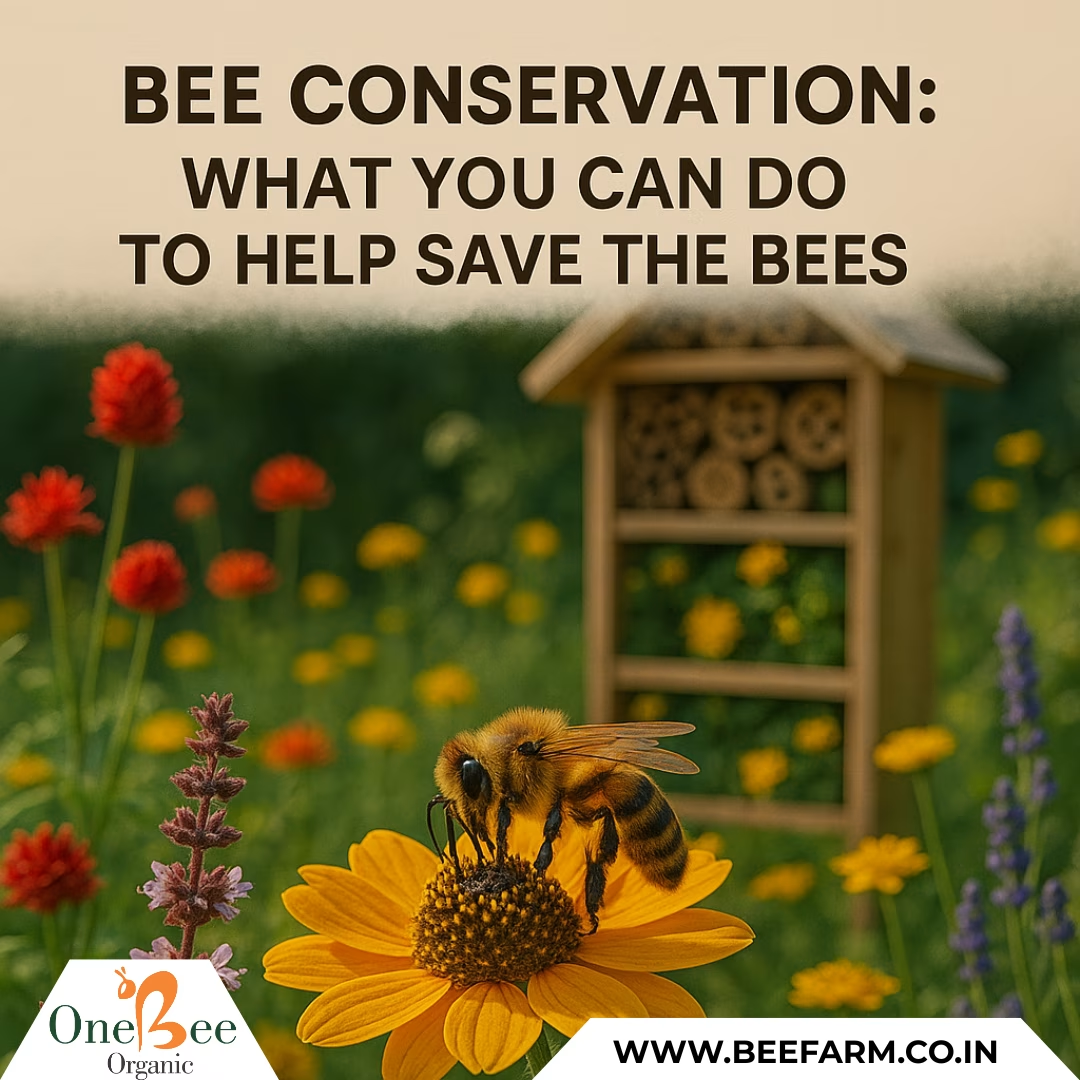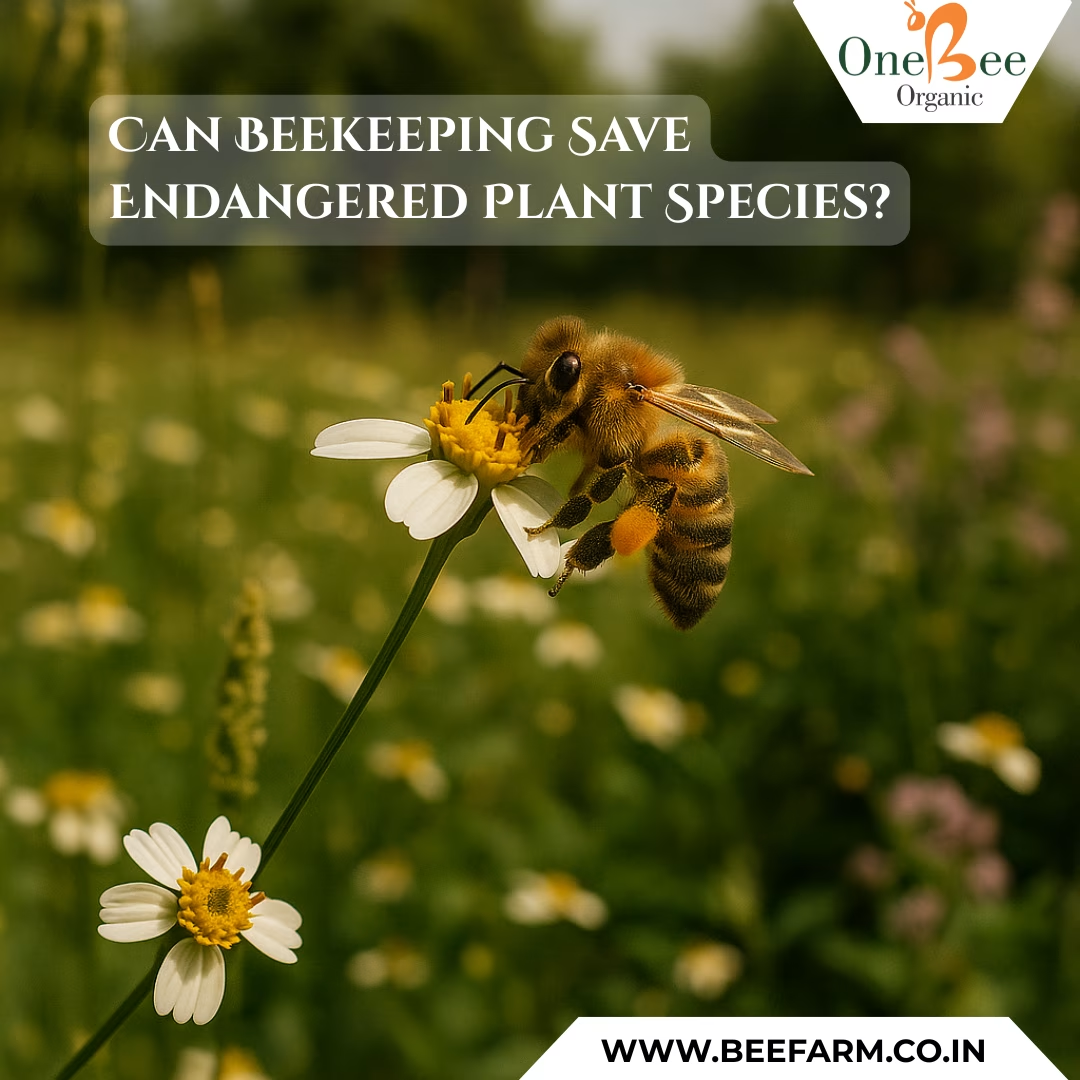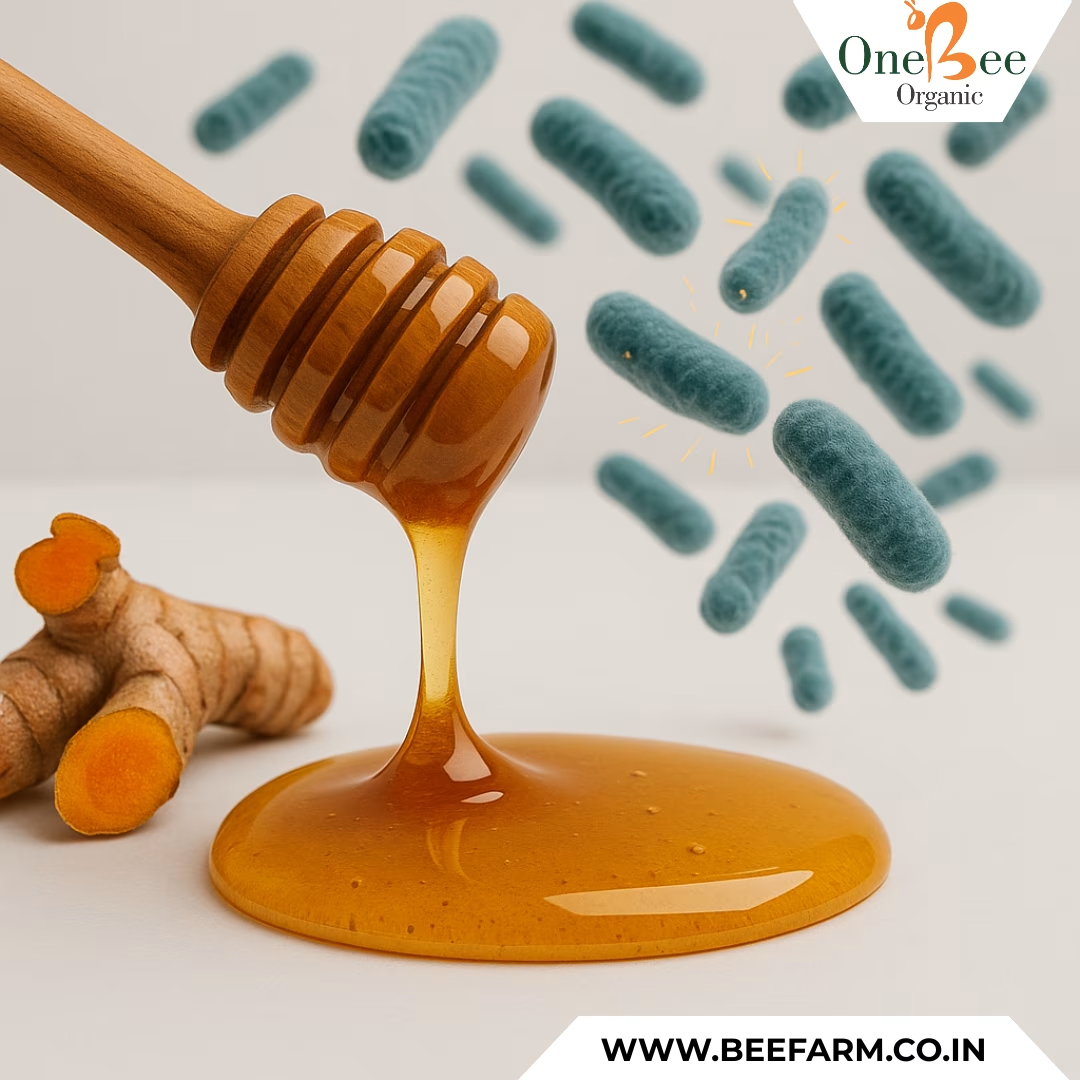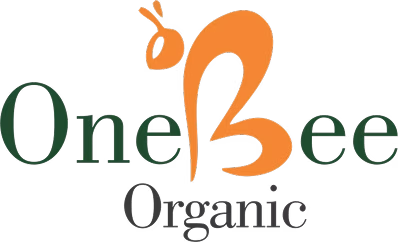Bee Conservation: What You Can Do to Help Save the Bees
Bees may be small, but their role in nature is monumental. They pollinate crops, support biodiversity, and help keep ecosystems balanced. But in recent years, bee populations have declined at an alarming rate—threatened by pesticides, habitat loss, climate change, and disease.
The good news? You can make a difference. Whether you live in the city or countryside, there are simple, effective ways to support bee conservation. Here’s how you can help save the bees.
1. Plant Bee-Friendly Flowers
Bees need nectar and pollen to survive. By planting a variety of native, flowering plants in your garden, balcony, or even a window box, you provide a vital food source for bees.
Best flowers for bees include:
- Lavender
- Sunflowers
- Marigolds
- Wildflowers
- Basil, thyme, and mint
Tip: Choose plants that bloom in different seasons to provide year-round nourishment.
2. Avoid Harmful Pesticides
Chemical pesticides, herbicides, and fungicides are a major threat to bees. These toxins can impair their navigation, weaken immune systems, and even kill entire colonies.
What you can do:
- Go organic in your garden
- Use natural pest control methods
- Support farmers who use bee-safe practices
3. Create a Bee Habitat
Not all bees live in hives—many are solitary and nest in soil or hollow stems. You can help by creating a bee-friendly environment.
Ideas:
- Leave patches of bare, undisturbed ground
- Install a bee hotel or nesting box
- Let a small area of your garden grow wild
4. Support Local Beekeepers
When you buy raw, natural honey from local or ethical beekeepers, you’re supporting sustainable beekeeping practices that prioritize bee health and biodiversity.
At Beefarm, we’re committed to eco-friendly honey production that respects and protects our buzzing friends.
5. Spread Awareness
Education is a powerful tool in conservation. Share information with friends, family, and your community. Support organizations that work on bee conservation and pollinator protection.
Ideas:
- Share bee facts on social media
- Involve kids in bee-related gardening projects
- Support local conservation events
6. Reduce Your Environmental Footprint
Climate change affects flowering times and food availability for bees. By reducing waste, using less plastic, and lowering your carbon footprint, you contribute to a healthier planet for all pollinators.
Be the Change—Start Today
Every small action adds up. Whether you’re planting flowers, buying local honey, or just choosing organic produce, you’re helping to protect a species that protects us all.
At Beefarm, we believe bee conservation starts with awareness and action. Let’s protect the pollinators that keep our world alive—one flower, one jar, and one bee at a time.








Leave A Comment